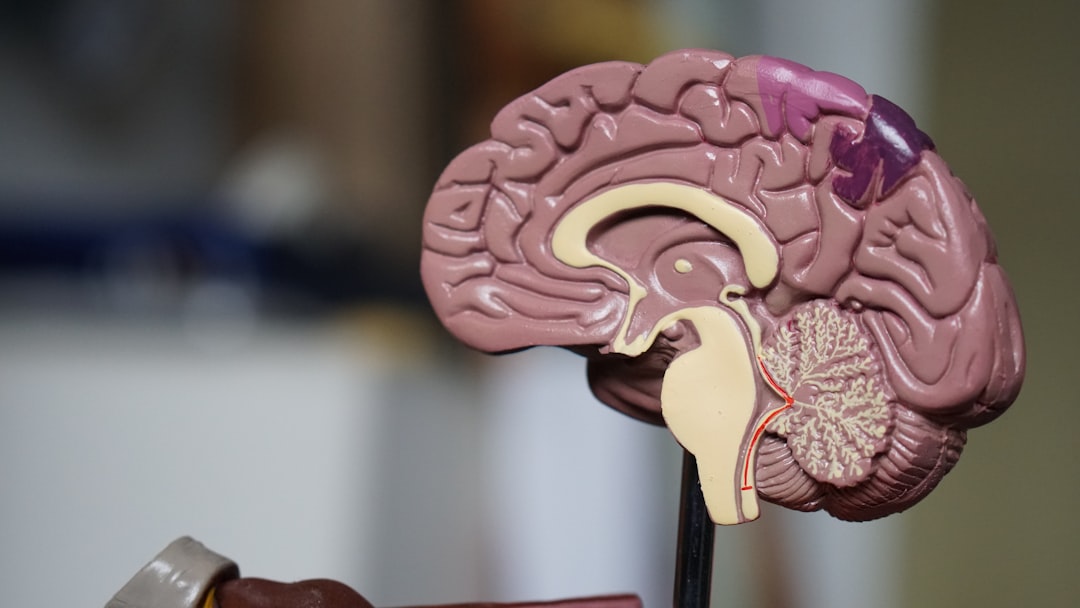What is it about?
Assessment of ocular torsion via fundus examination is an important tool for diagnosis and management of cyclorotational disorders. The widely used disc–macula relationship for quantification of ocular torsion possesses inherent limitations, which restricts its use in some clinical scenarios
Featured Image
Why is it important?
An accessory technique of fundus examination for assessing torsion is hereby proposed using vascular cues. Retinal blood vessels share common guidance signals with ganglion cell axons and are now recognised to follow retinal axonal pathways. Identification of the axis of the retinal vascular arcades can serve as a direct and accessory means to provide additional pertinent information regarding ocular cyclorotations.
Perspectives
I am a Pediatric Ophthalmologist with interest in research
Dr Anand Kumar
Utsav Eye Clinic
Read the Original
This page is a summary of: Cyclodeviation of the retinal vascular arcades: an accessory sign of ocular torsion, British Journal of Ophthalmology, May 2012, BMJ,
DOI: 10.1136/bjophthalmol-2011-300867.
You can read the full text:
Resources
Contributors
The following have contributed to this page










